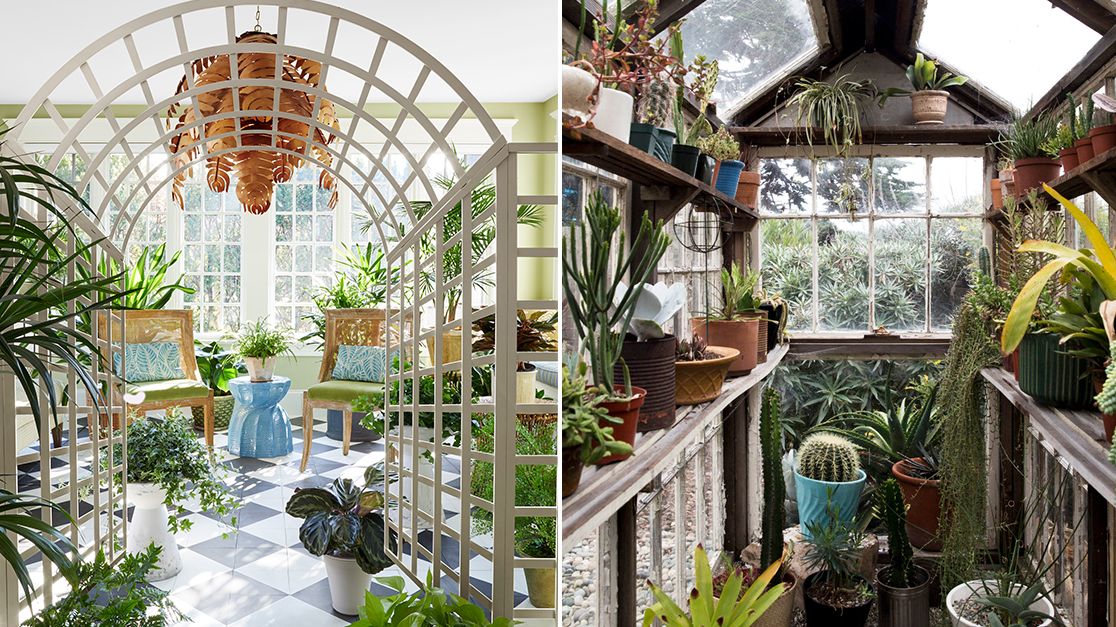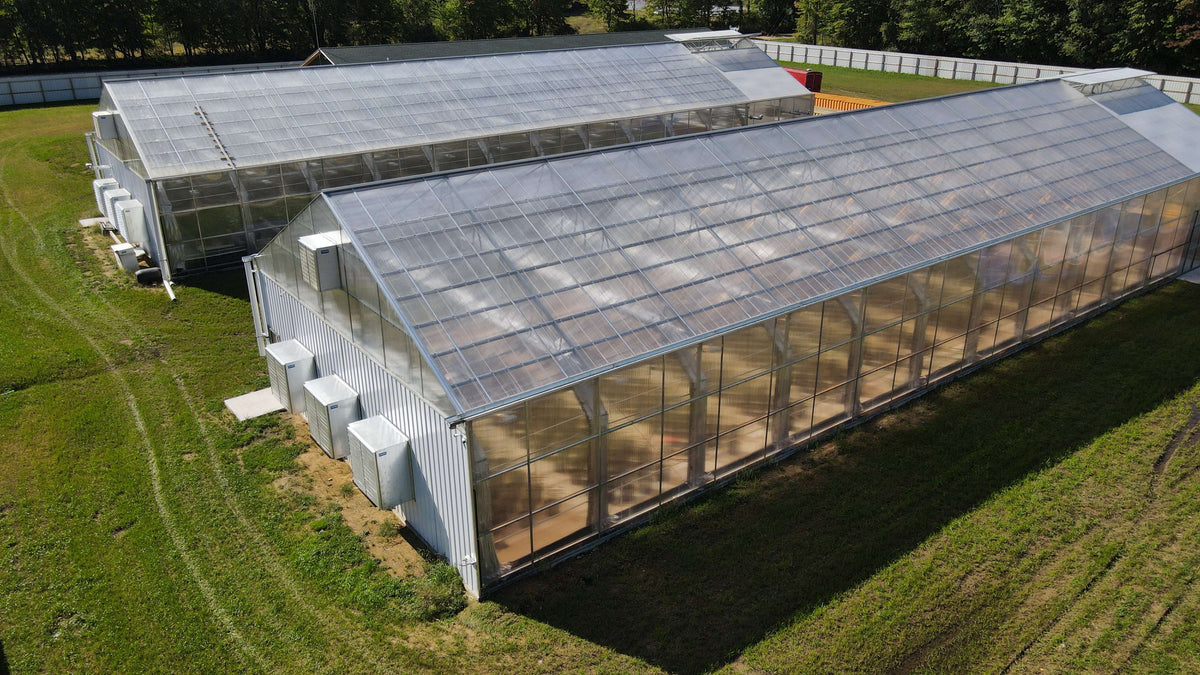Growing Quality: Monarch Greenhouse Construction Utah Very Best
The Future of Greenhouses: Technologies in Lasting Agriculture
Are you curious regarding the future of greenhouses and how they are revolutionizing sustainable agriculture? From innovative climate control systems to upright farming techniques, water-efficient irrigation approaches, renewable power combination, and wise information analytics, these innovations are transforming the method we expand our food.
Advanced Environment Control Equipment
To achieve ideal expanding problems, you can depend on the improvements in greenhouses with advanced climate control systems. These systems have actually reinvented the means we grow crops, offering a controlled setting that contributes to plant development. With these innovative systems, you can now adjust temperature level, humidity, light levels, and even carbon dioxide focus to create the best problems for your plants to grow.
One of the key functions of these innovative climate control systems is their capability to regulate temperature level. By making use of sensors and automated controls, the greenhouse can readjust the temperature level based upon the specific demands of the plants. This ensures that they are never exposed to extreme warm or cold, which can be detrimental to their development.
Humidity control is one more crucial facet of these systems. By keeping the ideal moisture levels, you can protect against issues such as mold and mildew, mildew, and condition from impacting your crops. These systems can additionally manage the amount of light that reaches the plants, ensuring that they obtain the ideal quantity for photosynthesis.
Furthermore, progressed climate control systems can also manipulate carbon dioxide concentrations. By enhancing the levels of carbon dioxide in the greenhouse, you can boost plant development and efficiency. This is particularly useful in locations with low natural CO2 degrees.
Upright Farming Methods
One essential vertical farming strategy is making use of stacked growing systems. Piled expanding systems are typically made use of in urban locations where room is limited.
One prominent approach is referred to as vertical hydroponics, where plants are expanded in nutrient-rich water without soil. This technique is highly reliable as it reduces water usage by approximately 90% contrasted to conventional farming methods. In addition, given that the plants are expanded inside your home, they are secured from conditions and pests, decreasing the requirement for pesticides.
One more method is aeroponics, which entails putting on hold the plant roots in a mist or air setting. This method allows for optimum nutrient absorption and oxygenation, resulting in faster growth and greater yields. Aeroponics likewise makes use of much less water than traditional farming and can be implemented in upright systems, making it a popular option for vertical farming.
Water-efficient Watering Approaches
Making best use of water conservation is necessary when it comes to implementing water-efficient watering approaches in lasting farming. With international water shortage ending up being a pressing concern, it is vital to develop innovative techniques that enhance water usage in greenhouse procedures.
One encouraging method is drip watering, which supplies water straight to the plant roots, minimizing waste and dissipation. By using a network of tubes with tiny emitters, water is used slowly and precisely, making certain that plants get the necessary wetness website link without excess overflow.
Another efficient strategy is using dirt wetness sensors. These gadgets measure the wetness web content in the soil and provide real-time information to farmers. By keeping track of the dirt's moisture levels, farmers can properly identify when and just how much water to use, avoiding over-irrigation.
Additionally, the implementation of rain harvesting systems is getting popularity in greenhouse agriculture. Accumulating rain from rooftops and saving it in storage tanks allows farmers to use this natural deposit for watering functions, reducing reliance on conventional water resources.
Finally, the adoption of automated watering systems can substantially dog grass boost water efficiency. These systems make use of sensors to detect soil moisture degrees and weather condition problems, changing watering schedules accordingly. By maximizing water usage based upon actual plant needs, these systems can reduce water waste and promote lasting farming techniques.
Renewable Resource Assimilation
Sustainable power combination in greenhouses provides several benefits, including reduced operating expenses and decreased reliance on non-renewable power resources. The produced power can then be used to run numerous procedures within the greenhouse, such as heating, air flow, and illumination systems. These generators harness wind power and convert it right into power, which can be utilized to supplement the energy demands of the greenhouse.
Smart Data Analytics and Automation
To enhance the effectiveness of your greenhouse operations and optimize resource use, consider carrying out smart information analytics and automation. Smart information analytics includes accumulating article source and assessing data from different sensing units and tools within your greenhouse.
Automation, on the other hand, involves making use of technology to automate tasks that were previously done manually. This can include automating the control of lighting, air flow, watering systems, and nutrient distribution. By automating these procedures, you can ensure that your plants receive the right conditions and nutrients at the ideal time, without the demand for consistent hand-operated treatment. This not just conserves you time and initiative yet also reduces the threat of human error.
In addition, clever information analytics and automation can interact synergistically. The data gathered by sensors can be used to educate automatic systems, permitting them to make real-time changes based upon the present conditions. This integration of information analytics and automation can cause a lot more efficient and accurate source allotment, ultimately causing greater yields and far better plant high quality.
Conclusion
In conclusion, the future of greenhouses in lasting farming looks appealing. With innovative climate control systems, upright farming techniques, water-efficient irrigation techniques, and renewable energy assimilation, greenhouses are ending up being extra efficient and environmentally friendly.

By optimizing water usage based on actual plant requirements, these systems can lower water waste and promote sustainable farming methods.
